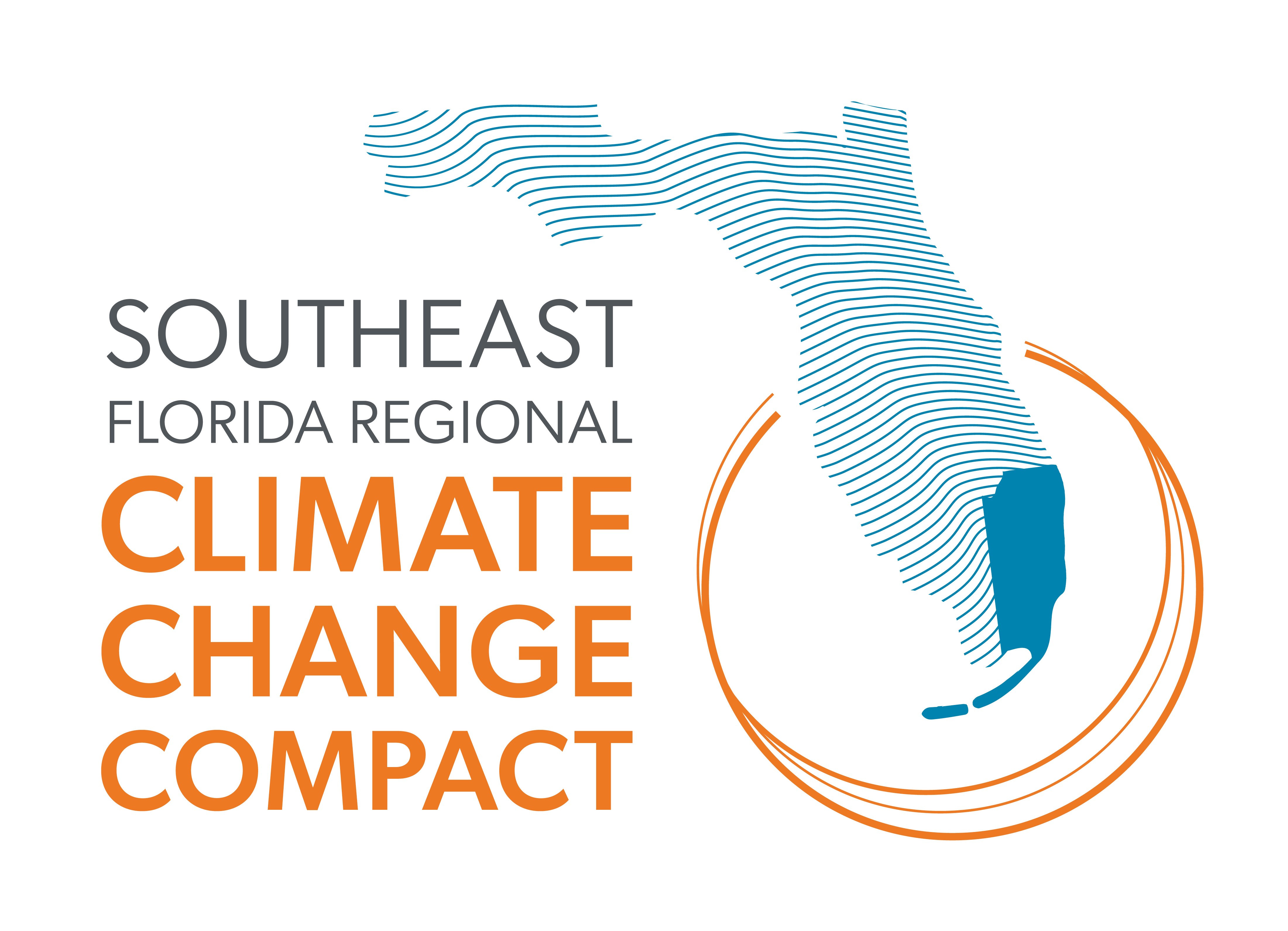
News
Monroe County is Tip of the Spear in ‘Climigration’ Discussion
April 7, 2020

Communities around the globe are confronting unprecedented and challenging questions regarding potentially relocating out of harm’s way as a result of increasingly intense storm events, rising seas, devastating wildfires, and extreme heat resulting from climate change. It is no surprise that the low-lying Florida Keys are in many ways the proverbial tip of the spear in a critical dialogue about what responsible relocation could look like for some communities. The U.S. Army Corps of Engineers (USACE) recently conducted a Florida Keys Coastal Storm Risk Management Study investigating solutions to improve resilience by reducing damage and risk from coastal storms and sea level rise, taking into account the Compact’s own regional Projections. The USACE recently presented a draft $3 billion strategy to Monroe County officials, which focuses primarily on a combination of elevating homes, businesses, and essential buildings and “retreat” in the form of government-funded buyouts. The only new hard infrastructure measure proposed is rock revetment shoreline stabilization along six key areas of U.S. 1.
The USACE’s draft plan would potentially represent an expansion of the state-funded Hurricane Irma buyout program that the county is administering. As home buyout programs grow, it is important to carefully navigate the process through critical questions. For example, what does an equitable approach look like? How do we protect against displacement as people resettle on higher ground? Are local governments willing to accept federal dollars that mandate the use of eminent domain should the homeowner be unwilling to sell? So far, officials in both Miami-Dade and Monroe Counties have rebuffed the suggestion that mandatory acquisition is an appropriate means to relocate physically vulnerable properties. That said, our local governments will be important early leaders in advancing approaches that balance the need to reduce community risk to increasing hazards while respecting private property rights, along with culture and identity attached to place—and to do so in a way that authentically engages affected neighborhoods early in discussions about their future and options.
